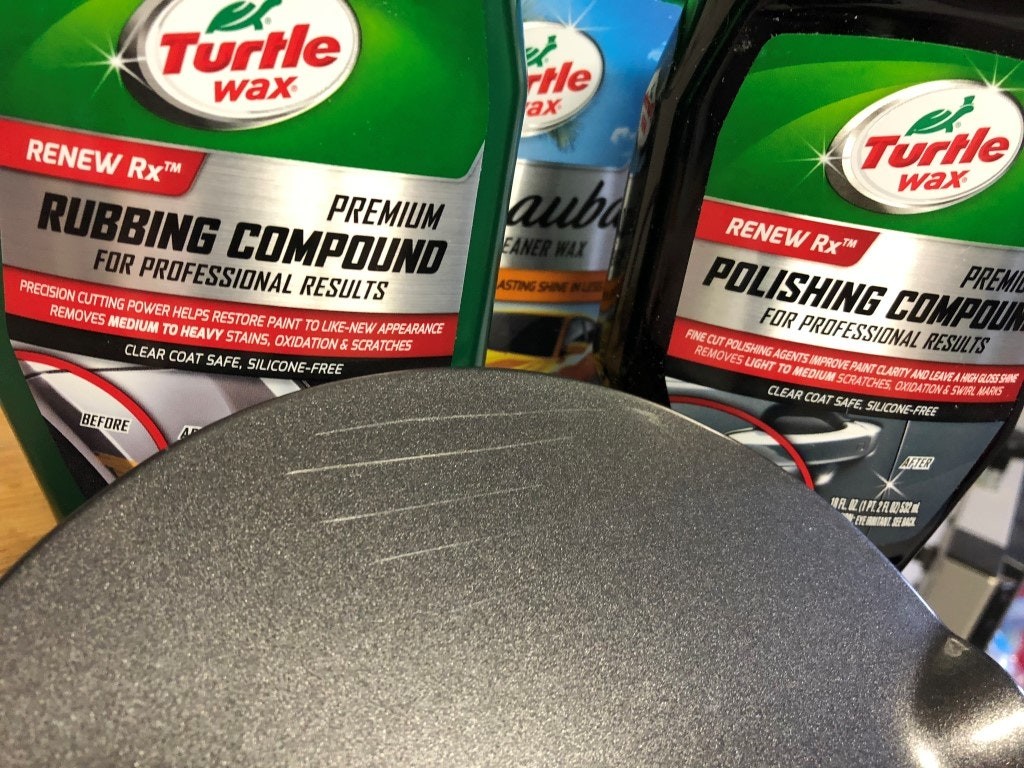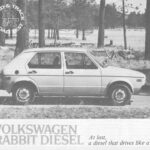Minor car paintwork scratches are an unfortunate reality for vehicle owners. From stray shopping carts to rogue branches, these blemishes can detract from your car’s appearance and potentially reduce its resale value. Fortunately, addressing these scratches at home is often achievable, saving you a trip to the body shop and costly repairs. This guide will walk you through different methods of Car Paintwork Scratch Repair, from simple polishing to more intensive sanding techniques, ensuring you can restore your car’s finish to its former glory.
For the lightest surface scratches, often referred to as swirl marks or clear coat scratches, a polishing compound might be all you need. These scratches are typically only visible in direct sunlight and don’t penetrate the clear coat deeply. Products like Turtle Wax Rubbing Compound, Polishing Compound, and Scratch & Swirl Remover are designed to gently abrade the clear coat, leveling out minor imperfections. These are generally applied by hand using a microfiber cloth. While these products can improve the appearance of very light scratches, their effectiveness is limited when faced with anything more substantial. In tests, these light-duty solutions showed only a marginal improvement, often merely masking the scratches rather than truly removing them, especially under closer inspection or varied lighting conditions.
Moving a step up, for scratches that are a bit more noticeable but still not through the base coat, stronger compounds and machine polishers come into play. Products like Meguiar’s Ultimate Compound, Polish, and Liquid Wax, when used by hand, offer slightly better results than basic scratch removers. However, the real transformation occurs when you introduce a machine polisher. The Meguiar’s DA Power System, which attaches to a standard drill, utilizes an orbital motion to evenly apply compound and polish, significantly enhancing their scratch removal capabilities. With the power of a machine polisher, light scratches can become virtually invisible, yielding a much more professional finish. However, it’s important to note that even with machine assistance, moderate to deeper scratches may still persist.
For deeper car paintwork scratches that are visible even when wet, more aggressive methods are necessary. This is where sanding becomes essential. The 3M Trizact Precision Scratch Kit is designed for tackling these types of scratches. This system involves a three-step process: first, wet sanding the scratched area by hand with specialized sandpaper to level the clear coat. This is followed by applying rubbing compound with a drill attachment to remove sanding marks and then polishing with another drill attachment to restore the shine. While sanding might seem daunting, it’s often necessary to effectively diminish moderate scratches. The 3M Trizact system demonstrates significant improvement, making even deeper scratches considerably less noticeable. However, very deep scratches might still be somewhat visible even after sanding and polishing, especially those that have penetrated beyond the clear coat into the base coat or primer. A key consideration with such kits is the limited quantity of consumables like sandpaper and compound, which might not be sufficient for extensive scratch repair work or multiple vehicles.
In conclusion, repairing car paintwork scratches at home is possible with the right approach and products. For minor surface imperfections, polishing compounds alone might suffice. For more noticeable scratches, machine polishers offer a significant upgrade in effectiveness. And for deeper scratches, sanding systems like the 3M Trizact kit can provide substantial improvement. Choosing the appropriate method depends on the depth and severity of the scratch. By understanding these techniques and utilizing the right tools, you can effectively restore your car’s paintwork and maintain its pristine appearance, saving time and money compared to professional body shop repairs.

